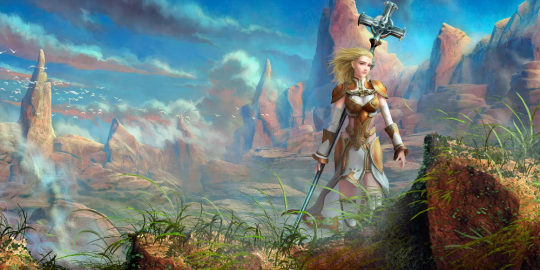
When we talk about video games, the focus is often on the gameplay, the visuals, and the storyline. Less often discussed are the myths and legends that spring up around these games, many of which have shaped gaming communities over the years. These gaming myths, often referred to as playground rumors, have been a staple of the video gaming scene since the 90s and early 2000s, providing an extra layer of intrigue and mystery to popular games.
Playground Rumors: Not Just Child's Play

The term 'playground rumors' may suggest that these myths are confined to the realm of children. However, these rumors often fooled more than just the younger gaming community. These myths often started as pranks or theories, and were passed on through word of mouth. This was especially prevalent in the days before the internet when players had to rely on their friends or gaming magazines for information about their favorite games.
Two Infamous Gaming Legends

Among the numerous gaming myths that have made their rounds within the community, two in particular stand out. The first one revolves around the Legend of Zelda: Ocarina of Time. Despite the Triforce symbol's presence in the game, the legendary artifact itself is nowhere to be found. This led to a flurry of theories and strategies, all aimed at unlocking the elusive Triforce.
The second rumor is related to the game Super Mario 64. Despite Luigi's notable absence in the game, rumors started circulating that the character could be unlocked. The belief was based on the cryptic phrase "L is Real 2401" which was found on a statue in the game. For years, players attempted various strategies to unlock Luigi, but to no avail.
The Impact of These Legendary Myths

The rumors surrounding these games not only captivated players but also drew the attention of the game developers themselves. These rumors led to increased exposure and discussion about the games, benefiting the developers in the long run. Some developers have even chosen to acknowledge these legends in their future games. For instance, in the remakes of Pokémon Ruby and Sapphire, players could ride into space, a cheeky nod to the Mossdeep City Blastoff urban legend from the original games.
Easter Eggs: A Nod to the Past

Another way developers have acknowledged these myths is by including Easter eggs in their games. These are hidden features or occurrences that are often a reference to a past game or myth. For example, in Pokémon Red and Blue, there was a myth that the Pokémon Mew could be found under a truck in Vermillion City. In later games, players could find items near the infamous truck as a playful nod to the legend.
In conclusion, these gaming myths have had a significant impact on the gaming community. They've sparked discussions, fueled imaginations, and added an extra layer of intrigue to games. And even though these myths have been debunked, their legacy lives on through the Easter eggs and nods in future games. These legendary myths, therefore, are a testament to the power of storytelling and imagination in gaming.